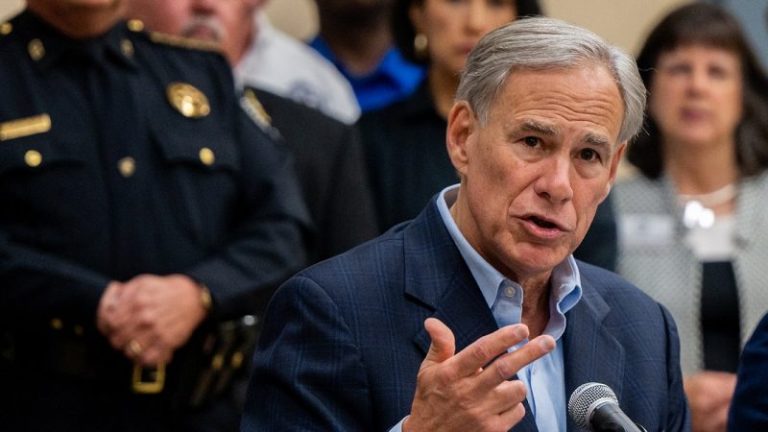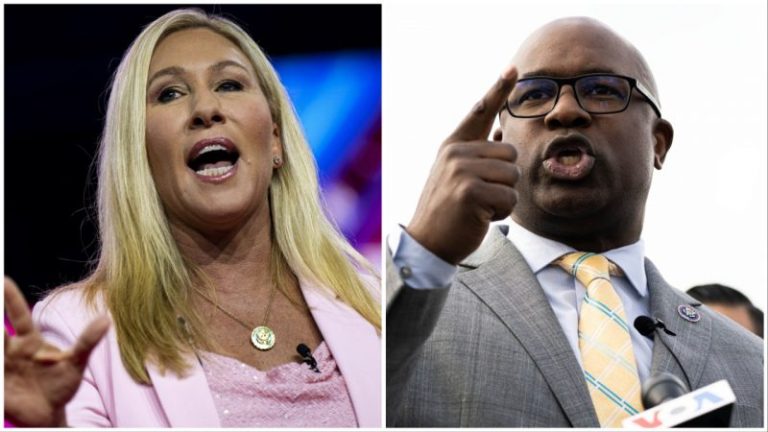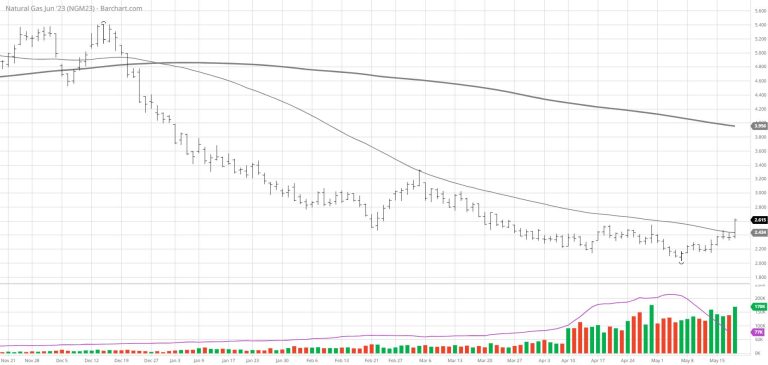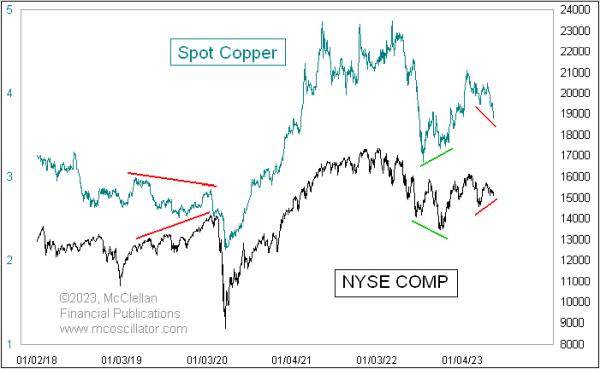The image of Gus Malzahn during his eight seasons at Auburn was largely shrouded in inaccessibility and aloofness, a man determined to reveal as few thoughts and emotions as the job required.
In private, there was some warmth and charisma to him, but even then you could tell after five or six minutes that his mind was wandering from the conversation he was in to the next recruit he had to call or the next block of film he needed to watch. In public, the defenses were almost always up, as if he knew every sentence that came out of mouth would be dissected and judged by a fan base that misses nothing and excuses even less.
But to be around Malzahn these days, after his inevitable firing at Auburn and immediate reemergence at UCF, is almost like seeing a different man entirely. Freed from the annual drama about his job status that popped up even though he made a national title game and beat Nick Saban three times, he is looser and funnier and even a bit visually younger these days in his new home of Orlando.
“What’s the best way to answer this?” Malzahn said during a recent visit to Atlanta for a UCF donor and alumni event. “It’s a different feel. That’s probably the best way. Two different jobs. Two completely different jobs. But I really love what I’m doing. Coaching is fun. There’s not a lot of other stuff. That’s probably the best way to put it.”
He pauses and laughs, searching for whether he should expand on that last comment before making it clear he loved his time at Auburn.
“It’s just completely different. It’s like almost … yeah, it’s completely different.”
But the implication here — that his new job doesn’t come with the same kind of external pressures that surrounded the old one — does not mean that his time in Orlando is going to be drama free. With the Knights headed to the Big 12 this season, history suggests the next few years are going to feel more like a ride on Space Mountain.
When UCF received its Big 12 invitation in the fall of 2021, it was the culmination of several years and multiple administrations pushing the vision of a school with nearly 70,000 undergrads smack in the middle of talent-rich Florida growing into a nationally relevant power.
Along the way, as UCF moved from independence to the Mid-American Conference to Conference USA to the American Athletic Conference, the Knights spent a lot of money to make themselves look like a Power Five program and won a lot of games. They even proclaimed themselves national champions in 2017 after going 13-0 and beating Malzahn’s Auburn team in the Peach Bowl.
“I always told our staff at Auburn, if the right guy ever got to UCF and would stay and build it and not look at it as as a stepping stone, it could be one of the best jobs in college football,” Malzahn said. “Now that I’ve been there two years, I believe that even more.”
But the belief and promise of what UCF might become if given a power conference platform are about to meet the reality of actually competing week in and week out in a far more difficult league than the one they’ve been in.
That often comes with some pain.
TCU, which had frequently been in the top 10 as a member of the Mountain West, went 7-6 and 4-8 in its first two Big 12 seasons. West Virginia has finished in the top-25 just twice in 11 seasons since the Big East disintegrated. Rutgers and Maryland have struggled to make significant strides since upgrading to the Big Ten. Though Texas A&M and Missouri have had a few moments of glory, neither of them have reached a higher level competitively since joining the SEC. Even Utah, which has become arguably the Pac 12’s best and most consistent program, had three losing conference records after making the transition.
Time and again during conference realignment, we learn that it’s just a different world when schools have to get out of their comfort zone. It’s not just new opponents and new venues, it’s the cumulative effect of playing bigger, stronger, faster teams week after week.
UCF proved under multiple coaches that it could beat top-level opponents in a one-off situation. But doing it all the time requires a level of roster depth and line-of-scrimmage physicality that Group of Five programs generally can’t recruit.
“You’ve got to bring your lunch every week,” Malzahn said. “That’ll be the difference. You can’t take off a week. It’ll be a learning experience for a lot of our guys in that area.”
Malzahn’s theory is that UCF is uniquely positioned to bypass some of those growing pains, in part because of his and his staff’s experience at the Power Five level and also due to a location that should make it easier to close the talent gap, either through the traditional recruiting process or the transfer portal.
With the Big 12 branding, Malzahn insists, recruits that weren’t accessible to UCF before are now legitimately in play.
“There’s a lot of great players from just Daytona to Tampa, and even if we didn’t get them we recruited them extremely hard the last two years and developed those relationships,” he said. “They may go somewhere else, but if it doesn’t work out we want to bring them back (as transfers). It’s paid off already in a few areas, and I think it’ll do more in the future.”
But as Malzahn knows well, everything in the coaching profession hinges on calibrating the proper expectations and consistently meeting or exceeding them. When that didn’t happen at Auburn for a couple years, it made Malzahn vulnerable to the firing that eventually happened.
Even though UCF might be a less intense job, getting that expectation to meet reality could prove to be even tougher.
Given the euphoria of UCF’s looming Big 12 entry, Malzahn’s good-but-not-great 18-9 record over his first two seasons hasn’t mattered as much. The Knights had a nice season in 2022, but with losses to Louisville, East Carolina, Navy, Tulane in the AAC championship game and Duke in the Military Bowl, they were not close to the caliber of a football team that UCF had at its peak under George O’Leary, Scott Frost and Josh Heupel.
Will Malzahn get the benefit of the doubt if UCF struggles initially in the Big 12? Few coaches have as much first-hand experience in the what-have-you-done-for-me-lately emotional pendulum that comes with the job in places where they have won before and expect to win again.
The intensity of those swings may not be the same at UCF as they were at Auburn, but with power conference membership on the horizon, there are no excuses preventing UCF from getting to where it wants to go.
As Malzahn said, the two jobs come with very different challenges. But if history is any guide, the next couple years may feel like just as much of an uphill battle.
This post appeared first on USA TODAY










